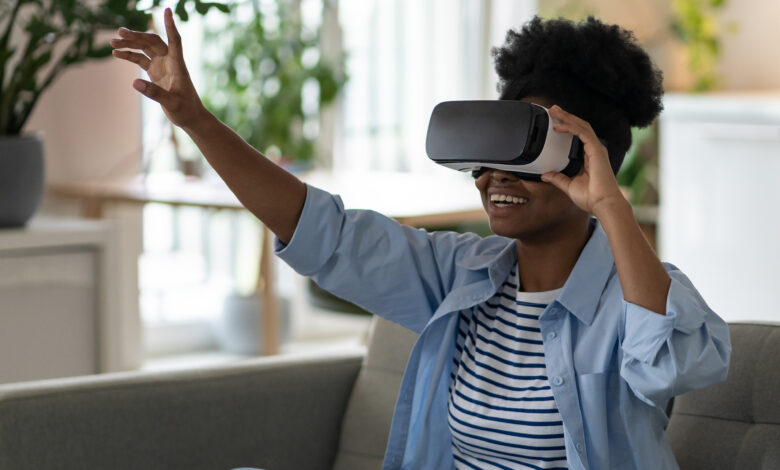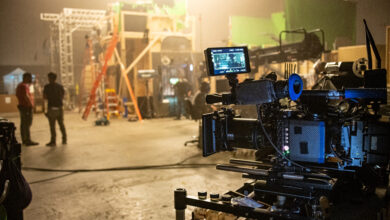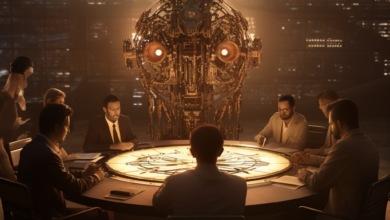The Future of Music: Virtual Reality Concerts Take Center Stage

In a studio in Culver City, California, the rapper and singer-songwriter T-Pain, famous for popularizing Auto-Tune with hits like “Buy U a Drank” and “Bartender,” is preparing for a show. However, this isn’t a traditional concert; it’s a virtual reality (VR) performance that will be delivered directly to fans via VR headsets. This shift represents a nod to the future of music and live entertainment.
T-Pain, whose real name is Faheem Rashad Najm, is no stranger to performing in front of thousands of screaming fans. However, today, there’s no live audience. Instead, it’s just T-Pain, a camera crew, and a green screen. Despite the change from the usual energy of live shows, T-Pain expresses his excitement about the opportunity. He describes himself as a “nerd” who dabbles in VR and 3D software as a hobby at home. When AmazeVR, the company behind the world’s first VR concert tour with artist Megan Thee Stallion, approached him for a collaboration, he was eager to try this new experience.
AmazeVR, founded in 2015, has raised over $50 million in recent years, including a boost in December following Apple’s announcement of its Vision Pro mixed reality headset.
The company is at the forefront of the virtual concert experience, with a meticulous approach to capturing and delivering performances in VR.
The virtual concert creation process begins with extensive planning, including song selection, visuals, scripts, wardrobe, and choreography, all decided in collaboration with the artist. The performance is then recorded in a single 12-hour session using an 8K stereo camera and motion-controlled crane.
In-house artificial intelligence (AI) plays a crucial role in enhancing the 3D video during post-production. The VR stage, lighting, and special effects are created using a combination of this AI and platforms like Unreal Engine. The result is a fully immersive and interactive concert experience for fans.
One of the key challenges in virtual concerts is that the viewer is the camera, and they have the freedom to look wherever they want. This necessitates a “perfect” single take during filming, ensuring that the artist performs directly to the camera in 3D, creating an intimate connection with the audience.
However, the central question remains: Can virtual concerts replicate the excitement and atmosphere of live music? This is a question that Dr. Mel Slater, a researcher with a long history of studying VR and its impact on the human brain, is working to answer. Slater conducted a study using a 1983 Dire Straits concert and found that many women in the virtual audience reported feeling uncomfortable, even though there was no deliberate attempt to make virtual characters interact with them. This suggests that there is a strong sense of presence in virtual concerts, where viewers feel like they are truly part of the experience.
Another exciting development is the potential for virtual concerts to address environmental concerns associated with live music events. Live concerts and tours can contribute significantly to the climate crisis, from fan and artist travel to energy consumption and merchandise production. Virtual concerts offer an eco-friendly alternative that allows artists of all sizes to connect with fans worldwide.
AmazeVR’s app, which debuted on Meta App Lab and SteamVR in July, plans to launch a VR concert featuring T-Pain in the coming months, with a ticket price of $6.99 for one year of access. The company is actively collaborating with artists and labels, and interest in VR concerts has surged following Apple’s headset announcement.
As the music industry explores the limitless possibilities of virtual reality, one thing remains constant: it’s all about the music, whether you’re at a massive concert or enjoying it with friends in your living room.





